I've got this audio amplifier board, which contains exactly the following circuit:
I'm trying to understand this circuit, and the "AGC Control" part (highlighted in blue) has me the most curious.
What I had assumed is that AGC means "Automatic Gain Control", and that this AGC circuit will adjust the impedance of the input with relation to the output. Could this be correct? How? Is it always active? Is it only active when specific levels are reached? What if I remove this AGC circuit?
I've been analyzing it, but still don't understand it. I found it to be really strange that it takes from the +7.5V rail into the emitter of a transistor. The diodes present in the AGC circuit seem to have a reverse voltage of 35V, according to their datasheet, and 40V(peak) is around the maximum output voltage of this amplifier before it shuts itself down, according to my tests.
I tried to see what the effects of this AGC look like; however, with my tests I couldn't notice any attenuation anywhere.
Also, could "AC-IN" (highlighted in green) really be just to turn on and off some muting feature?
The diagram I posted above is from the service manual for the SA-AK37, made by Panasonic. Seems to be the only page of the manual available online.
